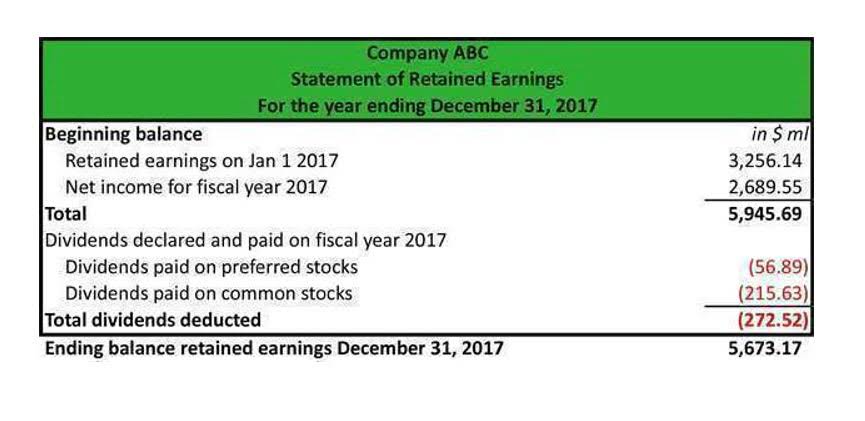
If a customer’s accounts receivable is identified as uncollectible, it is written off by deducting the amount from Accounts Receivable. After trying to collect this receivable for an extended period of time and getting no response (not even an expressed refusal to pay), the customer’s AR account becomes uncollectible. If you have $50,000 of credit sales in January, on January 30th you might record an adjusting entry to your Allowance for Bad Debts account for $3,335. Banks don’t typically offer loans to high-risk borrowers; however, some may use different methods, such as collateral or special programming, to offset the risk. Lenders may also lessen their risk by requiring repayment as quickly as possible. Short-term loans mirror the structure of traditional term loans but provide a condensed, often more expensive, alternative to a longer-term loan’s lengthy repayment terms and relatively low APRs.
These flexible payment methods help to increase the number of customers who are prepared to buy your products again. Before we get into the ways to prevent and reduce bad debts, it’s important to understand why bad debts happen. Every business is different, but the following are some common reasons that contribute to bad debts in various industries. Lenders and businesses that expect a portion of their receivables to go unpaid are better off using the allowance method. This can happen in all types of lending, from business-to-business (B2B) lending to consumer auto loans. Provisions and write-offs for bad debt went up by over 25% from 2019 to 2020, and experts suggest that organizations will have to work harder to gauge customer behavior and predict non-payment risk.
Loan options for high-risk businesses
The advantage of using the allowance for doubtful accounts method is that you don’t have to wait until a debt has been written off as a loss before making provisions for it. This helps you plan ahead and anticipate potential losses rather than dealing with them as and when they occur. The statistical calculations might make use of previous data from both the company and the industry. As the age of the receivable grows, the specific percentage will normally increase to represent growing default risk and decreasing collectibility. However, this strategy may cause income to be misstated in different reporting periods. When a bad debt entry is made in a journal from a different era than the sales entry, something happens.

The statistical calculations can utilize historical data from the business as well as from the industry as a whole. The specific percentage will typically increase as the age of the receivable increases, to reflect increasing default risk and decreasing collectibility. A company will debit bad debts expense and credit this allowance account. This allowance can accumulate across accounting periods and may be adjusted based on the balance in the account. This formula gives you the percentage of bad debt, which represents the estimated portion of sales deemed uncollectible. With the direct write-off method for calculating your bad debt expenses, you report the bad debt on your profit and loss statement when you determine that the debt is uncollectible.
How to Calculate Bad Debt Expense?
Read on for a complete explanation or use the links below to navigate to the section that best applies to your situation. In the 2000s, bad debt expense became a critical metric for businesses to track and manage. This advanced planning will help you ensure that your business remains financially healthy bad debt expense calculator and is able to withstand any unexpected losses caused by late or unpaid invoices. As previously stated, the allowance approach entails estimating the amount of dubious debt to set a reserve amount. This sum is set at the end of the fiscal year as part of the current year’s business plans.

It creates greater efficiencies, accelerates cash flow, and drastically improves the customer experience. It’s also worth noting that your historical percentage of collections will likely vary between bullish and bearish economic cycles. If your company has enough business history to reference how collections performed in different economic cycles, this can be helpful for casting predictions.
Guide to Understanding Accounts Receivable Days (A/R Days)
If this is the case for you and your payment history and utilization are good, make sure your lender knows the whole history when it is reviewing your application. Credit risk refers to a borrower’s likelihood of repaying their debt to a lender. Lenders may attempt to mitigate the risk on these small-business loans by requiring higher interest rates, shorter repayment terms or collateral.
- Many businesses have incurred significant losses as a result of this period.
- Customers may fail to pay their bills, causing the company to take a loss.
- This approach relies on an aging report that classifies invoices based on their age, such as those overdue by 0 to 30 days, 31 to 60 days, 61 to 90 days, and so forth.
- QuickBooks has a suite of customisable solutions to help your business streamline accounting.
- This could be due to financial hardships, such as a customer filing for bankruptcy.
- Yes, businesses can use historical data to analyze past bad debt performance and adjust strategies accordingly.
- So, when recording allowance for doubtful accounts on the accounts receivable balance sheet, you’ll add any existing AFDA balance (from the year prior) to the adjustment balance to find the ending balance.